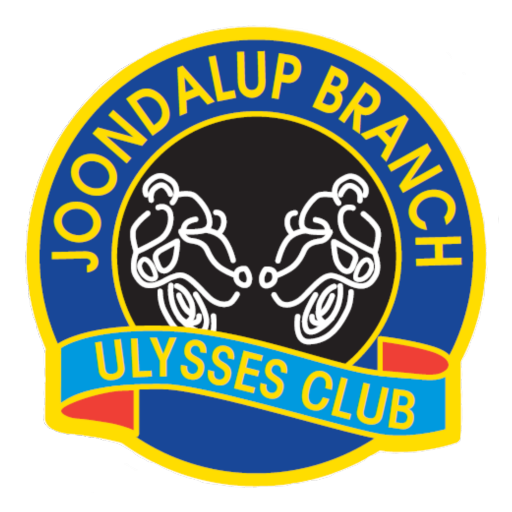Riding with others, you must take into account the needs and abilities of other riders – especially their experience, skill level, and general comfort on the road and around other motorcycles. You must share responsibility for ensuring that the ride is safe and fun for everyone involved.
- Know who the Ride Leader (R/L) and Tail-End Charlie (TEC) are:
If you’re not familiar with the bikes that these people ride, make sure you know how to identify them. If R/L and TEC wear fluoro vests, note the colour and whether other riders in the group are also wearing vests, to make sure you don’t confuse the two. Take note of the bikes they’re riding, particularly the lights they run.
- Pre-Ride briefing:
Listen carefully – you need to know this stuff, Ride Leader – you need to cover this stuff:
- Who the R/L and TEC is;
- The ride destination and roughly what route the ride is going to take;
- Planned refreshment stops; what time and where;
- Any changes to the Leader/TEC that might occur during the trip;
- If there are any new riders in the group who may not know how to corner-mark;
- Where any planned fuel stops are.
- Corner Marking.
General rule: the rider following R/L is to stop, preferably before the corner to indicate to the following riders which way to turn.
- A corner marker (C/M):
- stays in place until all riders have passed, and TEC arrives
- then pulls out of position and re-joins the group in front of TEC
- waits in position for up to 15 minutes and, if there is no sign of any more riders or TEC
- back-tracks to the last corner marked and, if there is a C/M on the last corner
- attempts to contact the R/L and/or TEC for information and direction.
The method of corner marking involves a few principles that improve with practise and experience; it is not difficult if a few ground rules are followed. The basic concept is that the R/L will indicate, sometimes by pointing, that they require a corner to be marked. If you are the next following rider it is your responsibility to stop and indicate to the group the direction of the turn.
- Before the corner – Stay Back:
- Make sure you stay well back from the R/L but remain within a distance that you can clearly see his/her indicators and which direction he/she turns.
- By staying back you will take pressure off R/L, and more importantly, you will give yourself time and space to select where you are going to stop to mark the corner.
- Stop far enough back from the corner to allow the group to see you, so they can note the direction of the turn and then have enough time to slow and make the turn safely.
- Stopping position: This can be tricky on some corners and sometimes needs quick thinking; this is why it is important to stay back a bit from R/L – so you can stop in a safe position; out of the way of passing/turning traffic, and in a position where the group can clearly see you as they approach.
- Re-joining the group:Keep a sharp eye out for TEC and pull out in front as they approach. TEC will usually signal to you (flash head lights) that all riders are now past, and it is OK for you to re-join the tail of the group. Be careful – pulling out from the kerb to make a right turn in front of TEC should be done with care – watch out for traffic following TEC as they won’t be expecting you to pull across in front. Wait until it is clear. Don’t panic – TEC will wait around the corner for you if you can’t proceed safely.
- Stay within your limits:
You must not feel pressured to keep up to faster riders. At no time should you exceed the posted speed limit – although you may not see any riders in front of you, you will probably only be a few minutes behind. It is inevitable that a group will become spread out, despite the leader riding at the speed limit. A section of the group may be held up by traffic signals, by slow traffic and sometimes road-works. The gap that results tends to pressure riders to speed to catch up.
If you find the group is setting a pace that you’re not comfortable with, or that you have been left behind, avoid the temptation to play catch-up. It will put you under unnecessary pressure and force you to ride outside your capabilities. At all times maintain a speed that you are comfortable with – TEC will not overtake you and the corner-markers will remain in place until you and TEC arrive, so you will not get lost or left behind.
- Communicate:
If you decide to leave the group after morning tea or lunch, be sure to advise both the R/L and TEC that you are leaving; otherwise the group will be waiting for you, or left wondering where you are. Wait until the group has left, or follow behind TEC and leave at your turn-off. If you find yourself mid-group and you are turning off, to avoid confusion be sure to wave to the following riders to let them know you are leaving the group.
Footnote: There are always unexpected things that can catch us out. Learn from these as you add them to your experience. You will keep safe if you obey the road laws, practise good road craft, maintain your motorcycle in good order, and have full awareness of your environment (which includes the group) and what is happening around you.
You are responsible for what happens to you.
